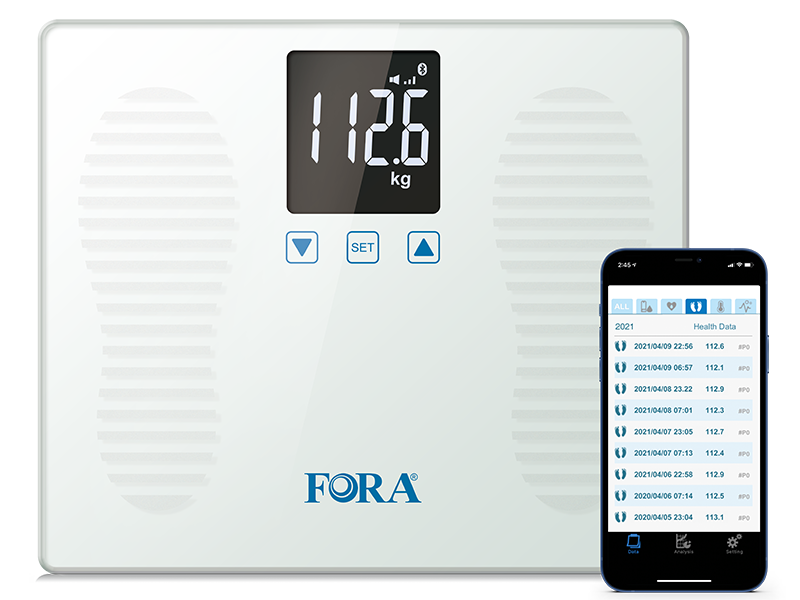
The WHO defines overweight and obesity as the “abnormal or excessive fat accumulation that presents a risk to health”. Obesity is one of the fastest growing chronic diseases, affecting 1.9 billion adults in 2016, almost tripling in prevalence between 1975 and 2016.
A study by WHO in 2016 showed that of the 39% of adults aged 18 years and over were overweight, and 13% were obese. Once thought as a condition that mainly plagues affluent countries, obesity has been on the rise in low- and mid-income countries as well.
Left untreated, obesity acts as a gateway to a plethora of complications:
• Hypertension
• Cardiovascular diseases
• Type 2 diabetes
• Sleep apnea
• Osteoarthritis
Obesity is diagnosed via the measure of Body Mass Index (BMI), where a BMI over 25 is considered overweight, and over 30 is obese.
The fundamental cause of overweight and obesity is an overconsumption of calories as compared to the calories expended. This imbalance has been increasingly facilitated by global dietary and lifestyle trends:
High Calorie Diets: Increasing availability and consumption of energy-dense foods that are high in fat and sugars.
Sedentary Lifestyles: Increasingly sedentary lifestyles and physical inactivity due to the globalization and urbanization, and more recently the Covid-19 pandemic restrictions.
Hereditary Predisposition: Aside from the above factors, some people are more genetically predisposed to developing obesity.

For people who are overweight or obese, it is important to adopt healthier lifestyles and dietary options to achieve healthy, sustained weight loss.
Studies have shown that a 5 percent loss of body weight is directly related to improved function of insulin-secreting beta cells, improved insulin sensitivity in fat tissue, liver, and skeletal muscle tissue, as well as much less fat in the liver.
In a separate study, an average 13% weight loss across participants with a median BMI of 40 kg/m2 saw great risk reductions for obesity-related conditions (Haase, C.L., Lopes, S., Olsen, A.H. et al, 2021).



Weight Management is one of the many chronic diseases that the FORA Telehealth System encompasses, allowing patients better access to their health condition data and allows caregivers to monitor patients’ parameters via the Internet remotely. The FORA software accurately collects data in a digital format and incorporates it into a digital record that is securely transmitted to your family and health provider. This way, patients can communicate with their professional healthcare team from wherever they are.
With ease-of-use and ergonomics in mind, ForaCare has developed the following Telehealth platforms facilitate 24/7 healthcare from healthcare professionals to patients:
• FORA Telehealth System
• iFORA mobile apps


With an inbuilt memory feature, an extra-large LCD screen with backlight and talking function, keeping track of your weight has never been so easy. Also, you can access and keep track of your weight with our iFORA WS App!